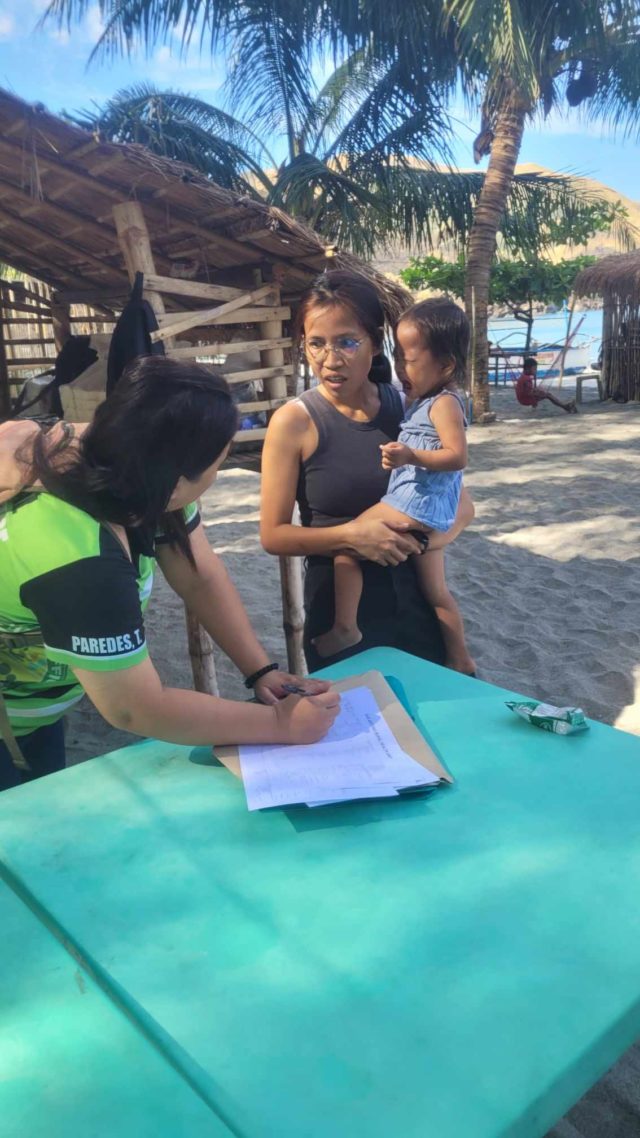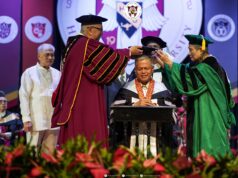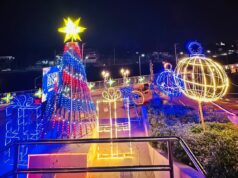This is not about the romance or comedy film way back in 2023. Nor a situation that talks about comfort in this era of technology where everything may be possible instantly. Therefore, when is a disaster becomes beautiful? Are there disasters that please us? Definitely, the usual answer is “no”. Nobody wants to be in this situation, whenever or wherever. It denotes a negative effect: harm, danger and suffering.
It was on June 15, 1991 when the second-largest volcanic eruption happened in the Philippines – Mt. Pinatubo to be exact. Many of us suffered the consequences of the eruption of Mt. Pinatubo. Many of our indigenous highlanders were displaced by massive ashfalls that covered the towns of Zambales, including Nagsasa Cove and its neighbors: Anawangin, Talisayin and Silanguin. Due to the eruption, our Aeta brothers and sisters suffered severe impact, others were killed, some retreated to safer grounds. “Lahar” brought hell to Nagsasa Cove. It covered the shores and created new beach that was lifeless and making the deep sea shallow. Gradually until signs of hope found its way, the cove became alive again, our Aeta families returned to make a living.
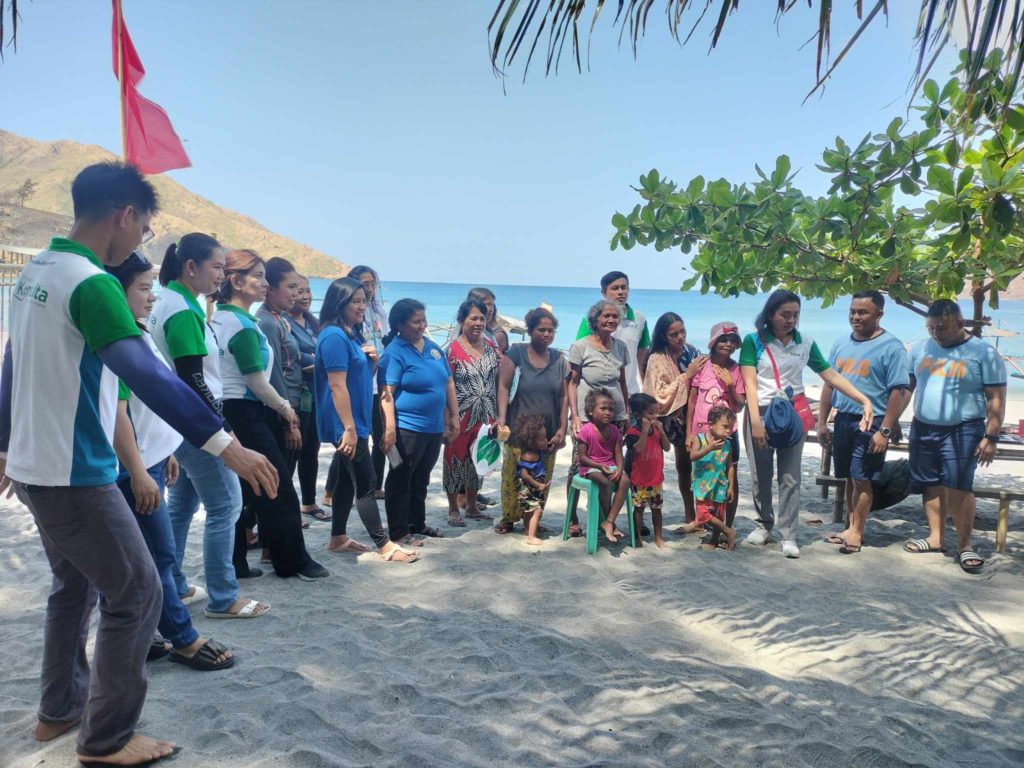
On April 12, 2024, the PhilHealth team, led by Acting Branch A Manager Dr. Rowena Zabat-San Mateo and PhilHealth Olongapo Head Leny D. Fajardo, visited Nagsasa Cove, located in Pundaquit, San Antonio, Zambales. The team were assisted by the staff and personnel of San Antonio Rural Health Unit Ms. Emelyn Yambao, together with the police officer of the Local Government Unit of San Antonio, Zambales. On the part of the National Commission for Indigenous Peoples (NCIP), Ms Evelyn Dumaplin arranged the possibility of getting at the site thru their Chieftain Ms. Myra Matuguina.
The activity of conducting Konsulta – PhilHealth’s benefit package for primary care services include provision of medical services through consultation and diagnostic tests. PhilHealth Olongapo was able to register a total of 32 NCIPs, while the membership status of the Aeta families were also updated the same day. Members identified were included as Point of Service (POS), 4 Ps, private employees, National Household Targeting System (NHTS-PR), former Individually Paying Members, Kasambahays and Senior Citizens. The target to cover the 50 individual families was achieved, and new members in the Program were captured from them who patiently waited for PhilHealth services.
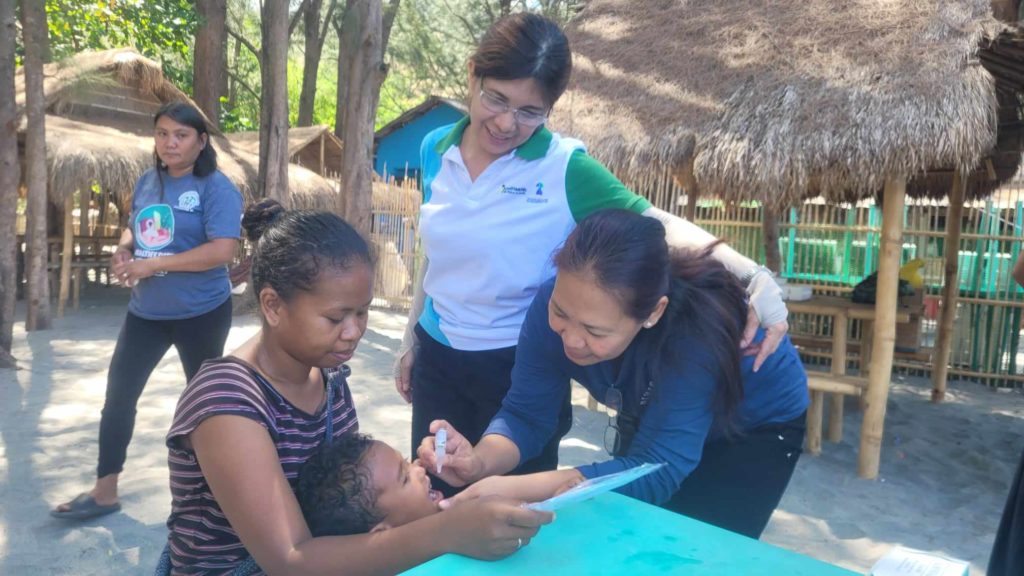
Unavailability of internet connection was indeed a challenge during this activity, there was no signal in the area though there was one store that offered WIFI services for a fee. The power supply was limited, they used a solar that covered few locations near the beach area. It was a way hotter than usual with around 40-degree celsius temperature. The team of PhilHealth Olongapo conducted the registration under the Agojo tree. The team used mobile phones in capturing the documents such as marriage and birth certificates and other valid identification cards to support the NCIPs applications.
Chieftain Matuguina certified the prepared Financially Incapable Certificates and were used as supporting documents of five (5) applicants who were members of the indigenous peoples.
The PhilHealth team conducted an information, education and communication drive to encourage the Aeta families to register and visit the PhilHealth Konsulta Provider, which is the Rural Health Unit (RHU) of San Antonio, Zambales. The participants including the childred were provided with PhilHealth give-away and snacks (e.g. pastry, bottled water, and candies). Ms. Yambao and her staff of San Antonio Health Center performed their first patient encounter (FPE) and ensured that all those who inquired and applied to PhilHealth Konsulta were profiled. They provided medications and vaccinations, particularly polio vaccines for the children. Needed consultation and wound treatment were also provided to the Seniors.
All of the indigenous peoples (IPs) including those who were present on this day were provided with meals. The IPs together with PhilHealth team happily sat down and ate adobong pusit matched with pakbet during the lunch. NCIP Lodemia Dela Cruz Balaoing also shared her stories during this meaningful gathering. She was able to experience the PhilHealth benefits when her daughter gave birth and was able to use the benefit packages.
Her smile radiated the simplicity of living in this island. Their way of living? Some of the resorts were owned and operated by Aeta families. Many tourists come and visit the island. Some sold charcoals, others were reforestation laborers, fishers, while others made bamboo handicrafts to sell as souvenirs to tourists.
Going back to Pundaquit shore, it was an experience worth remembering. The two hours spent from the shore to the cove via boat amidst the roaring waves of the ocean late in the afternoon, against the heat of the sun hitting 40 degree celcius, no cellphone signal, only solar for electricity, and drinking water that costs much, and other difficulties to get there can be outweighed by the smiles and appreciation of every NCIP members in this lovely place. This is not about the convenience of everyday living, but the commitment of PhilHealth to bring the programs and services closer to people regardless of age, race and status. PhilHealth will continue to find a way to visit Nagsasa and other isolated areas, not only to recharge or experience the immense awe (it’s a fact!) but to continue the public service with passion of fulfilling the PhilHealth’s vision of “Bawat Filipino Myembro, Bawat Myembro Protektado, Kalusugan ng Lahat Segurado”.


